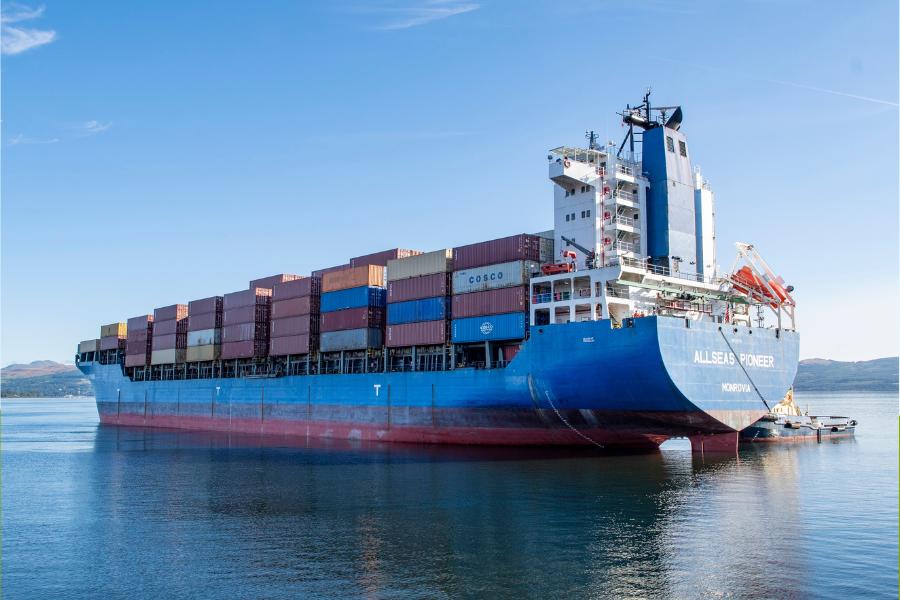
In the ever-evolving landscape of commerce and trade, the efficiency of shipping and delivery services has become a critical factor in meeting customer expectations and maintaining competitiveness. The need for rapid and reliable transportation of goods has led to continuous innovations in the field of logistics and delivery such as on Deliveree. “Streamlining Shipping: Innovations in Delivery Services” explores how modern technologies and novel approaches are reshaping the way products move from manufacturers to consumers.
One of the most prominent innovations in recent years is the use of data analytics and artificial intelligence (AI) in logistics. Advanced algorithms can optimize delivery routes, anticipate demand fluctuations, and even predict potential disruptions in real-time. This data-driven approach enables companies to make informed decisions, reduce operational costs, and minimize delivery times. With the integration of AI, shipping companies can also enhance tracking and tracing capabilities, providing customers with accurate and up-to-the-minute information about the status of their shipments.
Furthermore, the rise of e-commerce has fueled the demand for last-mile delivery solutions. Start-ups and established companies alike are experimenting with various strategies to expedite this crucial final step in the delivery process. Drones and autonomous vehicles have garnered significant attention as potential game-changers in last-mile delivery. These technologies promise to reduce congestion on the roads, lower delivery costs, and increase delivery speed. While regulatory challenges still exist, the potential benefits are substantial.
In addition to aerial and autonomous solutions, companies are also exploring urban fulfillment centers and micro-warehouses to bring products closer to the end consumer. This approach, known as “micro-fulfillment,” allows for faster deliveries by reducing the distance between storage and delivery points. These compact facilities, often located in urban areas, can efficiently handle the high volume of orders generated by e-commerce platforms.
Sustainability has also become a driving force in the innovation of delivery services. Electric and hybrid delivery vehicles are increasingly common, reducing the carbon footprint of shipping operations. Moreover, some companies are experimenting with cargo bikes and electric scooters for urban deliveries, further promoting environmentally friendly transportation methods. Sustainability is not only a moral imperative but also a business advantage as consumers increasingly prefer eco-friendly options.
Another noteworthy trend in the industry is the expansion of flexible delivery options. Same-day and next-day deliveries have become standard offerings for many retailers. Customers can also choose delivery time slots that align with their schedules, increasing convenience. Some companies are even partnering with local businesses to establish pickup points, allowing customers to collect their orders at their convenience.



















